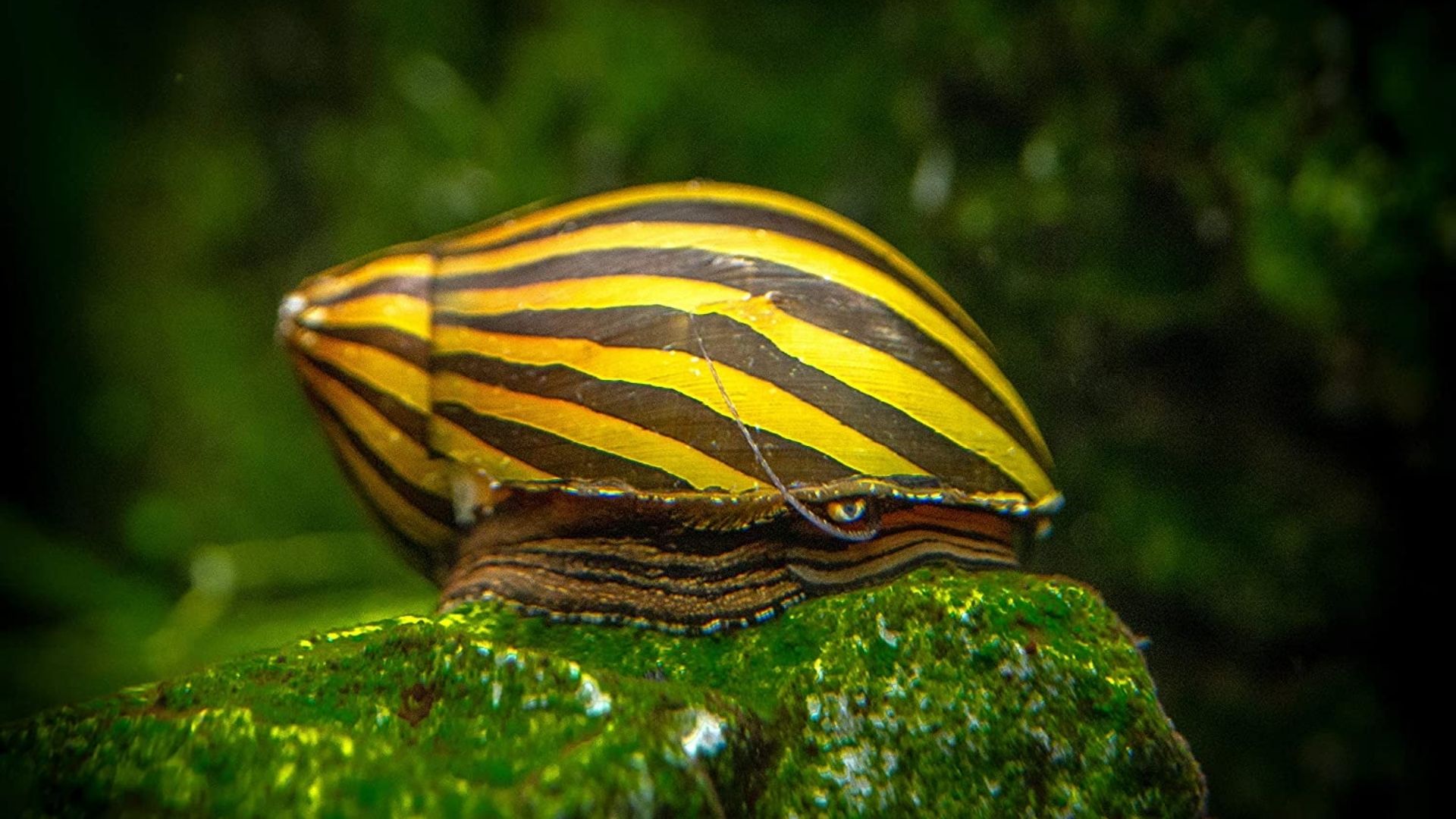Nerite snails are popular choices for aquarium enthusiasts due to their algae-eating capabilities and attractive shell patterns. Understanding their lifespan and the factors that influence it is crucial for providing optimal care and ensuring these small creatures thrive in your tank. This guide delves into the lifespan of nerite snails, the key factors affecting their longevity, and essential care tips to help you maintain a healthy and vibrant aquarium.
Nerite Snail Lifespan: An Overview

Nerite snails are known for their relatively long lifespan compared to other small aquarium inhabitants. On average, these snails live for about one to three years. However, with proper care and ideal conditions, they can sometimes live up to five years. Understanding the lifespan of nerite snails involves considering various factors that contribute to their overall health and longevity.
Factors Influencing Nerite Snail Lifespan
Several factors play a significant role in determining how long nerite snails live. These factors include water quality, diet, tank conditions, and overall care. By paying close attention to these elements, you can enhance the lifespan of your nerite snails and ensure they remain healthy and active.
Water Quality
Water quality is paramount in determining the lifespan of nerite snails. These snails thrive in clean, well-maintained tanks with stable water parameters. Key aspects of water quality include:
- pH Levels: Nerite snails prefer a pH range of 7.0 to 8.4. Maintaining a stable pH level within this range is crucial for their well-being.
- Temperature: The optimal temperature for nerite snails is between 72°F and 78°F (22°C to 26°C). Consistent temperatures within this range help promote their health and longevity.
- Ammonia and Nitrite Levels: Keeping ammonia and nitrite levels at zero is essential, as high levels can be toxic to nerite snails. Regular water testing and partial water changes are necessary to maintain a safe environment.
Diet and Nutrition
Proper diet and nutrition are critical for the health and lifespan of nerite snails. These snails primarily feed on algae, but supplementing their diet with other food sources can improve their overall well-being.
- Algae: Algae is the primary food source for nerite snails. Ensuring your tank has a healthy amount of algae growth provides them with the nutrition they need.
- Supplemental Food: In addition to algae, you can offer blanched vegetables such as spinach, zucchini, and cucumber. These vegetables provide essential nutrients and variety to their diet.
- Calcium: Calcium is crucial for maintaining strong shells. Providing a calcium supplement, such as cuttlebone or calcium-rich food, helps prevent shell erosion and promotes overall health.
Tank Conditions
The conditions within the tank significantly impact the lifespan of nerite snails. Ensuring a suitable environment involves maintaining proper tank size, substrate, and hiding spots.
- Tank Size: A larger tank with ample space allows nerite snails to move freely and explore their environment. A minimum tank size of 10 gallons is recommended for a small group of nerite snails.
- Substrate: A soft substrate, such as sand or smooth gravel, prevents shell damage and allows nerite snails to burrow and forage comfortably.
- Hiding Spots: Providing hiding spots, such as rocks, driftwood, and aquarium decorations, gives nerite snails a sense of security and reduces stress.
Care Tips for Maximizing Nerite Snail Lifespan
To ensure your nerite snails live a long and healthy life, it is essential to follow proper care practices. These tips cover various aspects of nerite snail care, from tank maintenance to feeding routines.
Regular Tank Maintenance
Maintaining a clean and stable tank environment is crucial for the health of nerite snails. Regular tank maintenance includes:
- Water Changes: Performing regular partial water changes helps maintain water quality and remove harmful substances. Aim for a 20% water change every two weeks.
- Cleaning Algae: While nerite snails consume algae, excessive growth can lead to poor water quality. Regularly clean algae from tank surfaces to ensure a balanced environment.
- Filter Maintenance: Keep the aquarium filter clean and functioning properly. A well-maintained filter helps remove debris and maintain water clarity.
Monitoring Health and Behavior
Regularly observing your nerite snails for signs of health issues and abnormal behavior is essential for early intervention and treatment.
- Shell Health: Check for any signs of shell erosion, cracks, or discoloration. Providing calcium supplements and maintaining proper water conditions can prevent shell problems.
- Activity Levels: Nerite snails are generally active and constantly foraging. A sudden decrease in activity may indicate health issues that require attention.
- Feeding Response: Monitor their feeding response to ensure they are consuming enough food. A lack of appetite can be a sign of poor health or unsuitable tank conditions.
Conclusion
Understanding the factors that influence the lifespan of nerite snails and implementing proper care practices are key to ensuring their longevity and well-being. By maintaining optimal water quality, providing a balanced diet, and creating a suitable tank environment, you can help your nerite snails thrive and enjoy a healthy life. Regular monitoring and attention to their needs will contribute to a vibrant and lively aquarium, showcasing the beauty and unique characteristics of these fascinating creatures.

